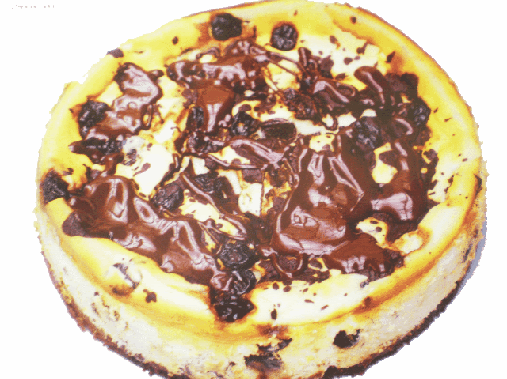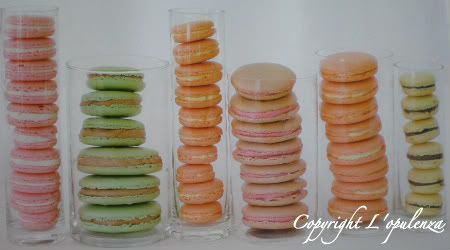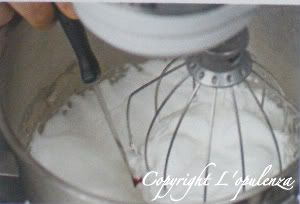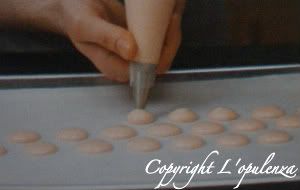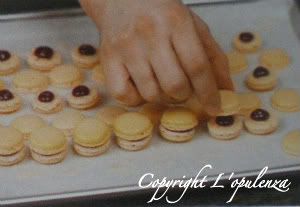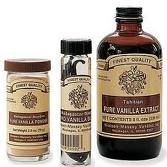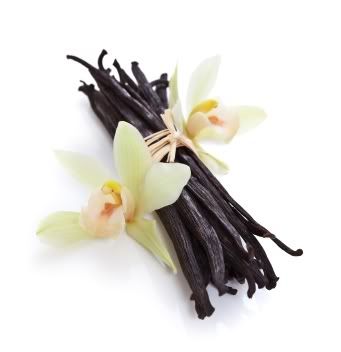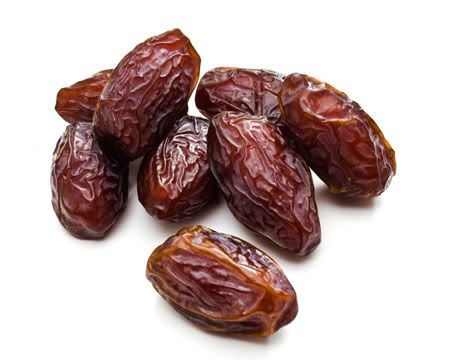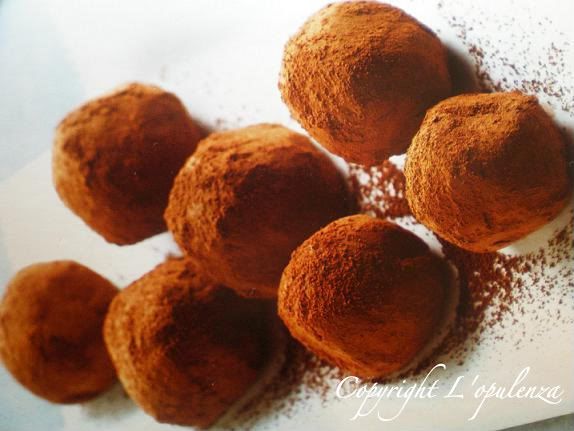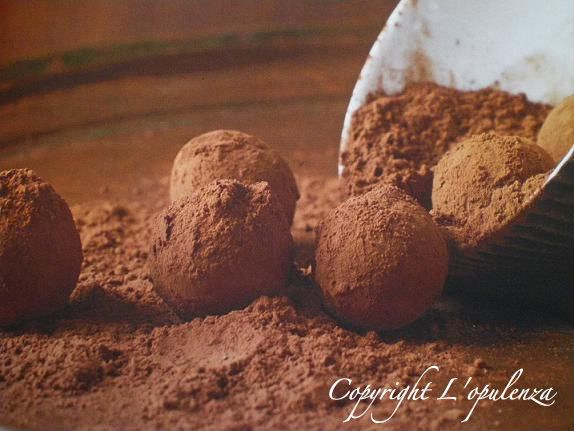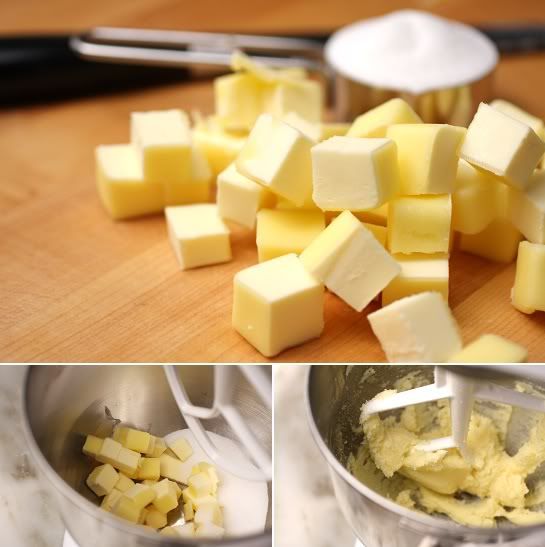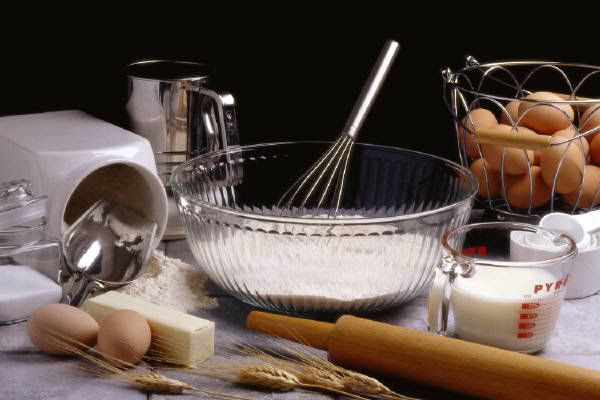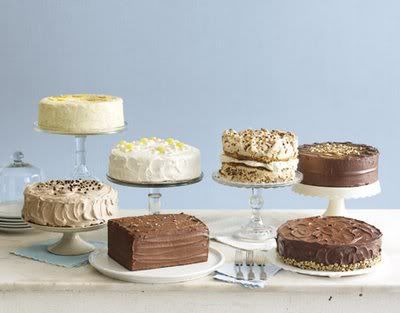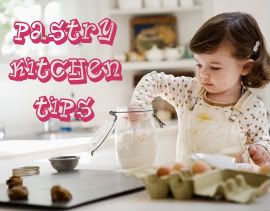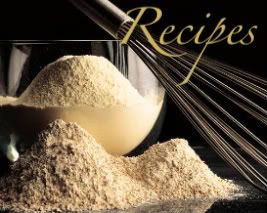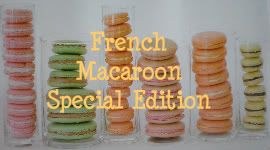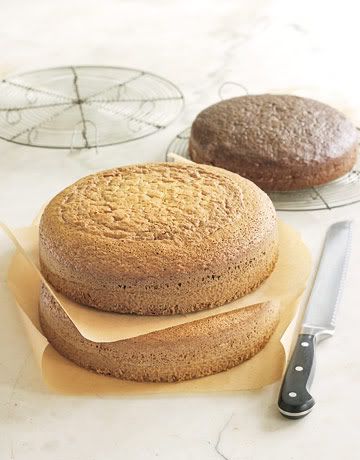
French gâteaux are among the richest, sweetest, and most flavourful of all desserts. They range from the simple quatre-quarts (pound cake) to the elaborately decorated Marjolaine. It is the skill of the pâtissier that allows the creation of a beautiful light, delicate confection from the basic elements of flour, sugar, eggs and butter. The achievement of a perfect cake with a delicate crumb, sweet, buttery aroma, and delicious flavour is the baker's dream. When it is decorated with artistry, it becomes the creator's crowning glory.
As with all other pastry, the selection and use of high-quality ingredients is of primary importance. It is also essential to follow the mixing and baking procedures exactly to achieve the desired result. There are essentially three goals to mixing a cake batter, no matter the type: The batter should be smooth and even, air cells must be created and incorporated into it, and the appropriate texture must be reached to give the desired final result.
A smooth and even batter can only be reached when all the ingredients are of the designated type and specified amount, the right type and temperature of fat is used, the eggs or egg yolks or whites are correctly incorporated into the batter, all ingredients are incorporated at the appropriate temperature, the butter and sugar are well creamed, and the liquids are added as directed.
The fine, delicate texture of baked cake is mainly the result of the formation of small, uniform air cells in the batter. These air cells also help leaven the cake as they expand in the heat of the oven. To create the desired air cells, the ingredients must be of the proper temperature, and the mixing speed should be moderate. Cold ingredients and high-speed mixing will produce fewer air cells that are not uniform in size, resulting in a finished cake that is tough and chewy.
The proper texture is achieved through the use of the appropriate flour, usually one that is low in gluten. The exception to this is cakes that contain heavy ingredients, such as candied or glazed fruit, for which some high-gluten flour may be introduced into the mix. Again, the length and speed of the mixing and the temperature of the batter while being mixed will affect gluten development and, subsequently, the texture of the baked cake.
Cakes in the French pastry kitchen are primarily made from a base of génoise, a classic egg-foam cake made with a large quantity of whipped eggs, little fat and no chemical leavening agent, and finished with other flavourful component such as crème au beurre (buttercream) or mousses. The génoise is usually cut into layers and brushed or soaked with flavoured syrup before being filled.
The finished cakes generally require time, patience, and skill to put together. However, génoise can be baked ahead and stored, well wrapped, and either refrigerated or frozen. The syrups and fillings can usually be made ahead of time also, so that the cake can be assembled after all the components have been prepared over the course of few days.
Following are three hints that will minimize the risk of a cake not measuring up to industry standard:
1. Follow the recipe instructions to the tee-measure, sift, beat, cream, whip, stir, fold and so forth as directed.
2. Use utensils and pan as directed. The wrong utensil or the wrong size pan can result in disaster.
3. Use ingredients at the directed temperature. Melted butter or chocolate that are too hot will ruin a batter as effectively as ingredients that are too cold.
The Possible Causes of Problems in a Finished Cake
Improperly risen cake:
- Strength of leavening agent diminished
- Improperly sifted dry ingredients
- Batter overmixed
- Too much, or too little fat, liquid or sugar
- Oven too hot
- Collapsed center: too much fat, sugar or leavening
- Collapsed edges: too little flour, or too much liquid
Surface appearance of baked cake:
- Baked colour dull, mottled or too dark: too much sugar or leavening, too little fat, or the wrong oven temperature
- Surface too dark or covered in dark spots: too much sugar
- Cracked surface: too little sugar or fat, too much flour or the wrong type, overmixed batter, or wrong oven temperature
Interior appearance and texture of baked cake:
- Large holes: too much sugar or leavening agent
-Tunnel-like holes: too little fat, wrong flour or overmixed batter
- Uneven colour: strength of leavening agent diminished or improperly mixed batter
- Tough and chewy: too little sugar or fat or too many eggs
- Dry and crumbly: too little liquid, fat or sugar or the cake baked too long




